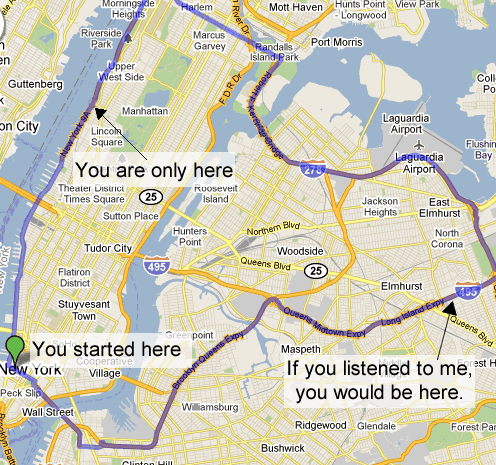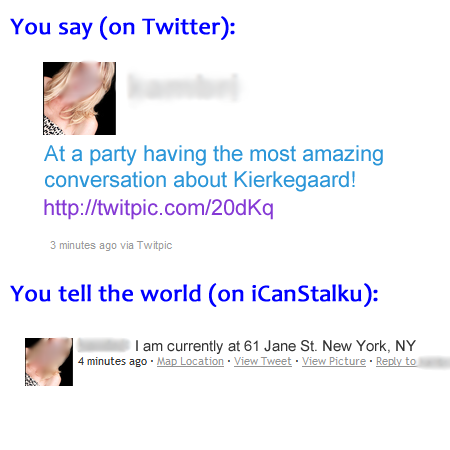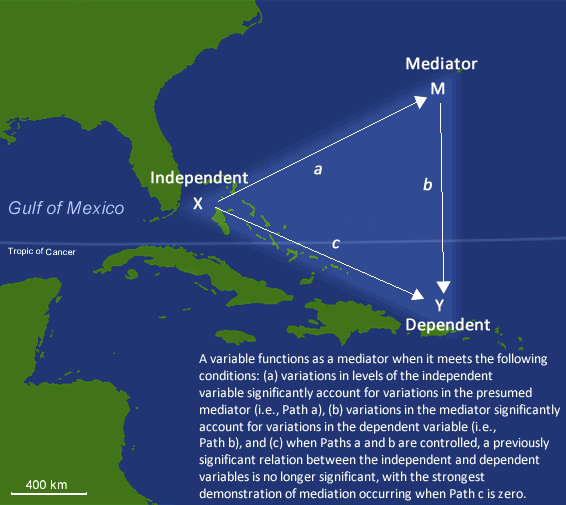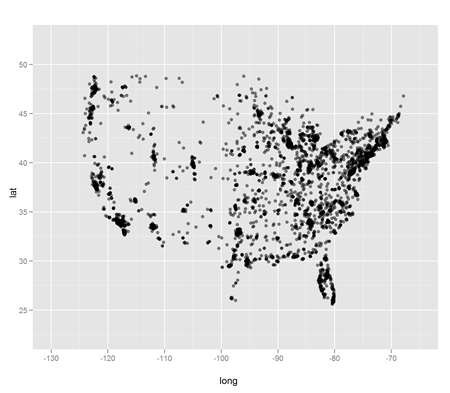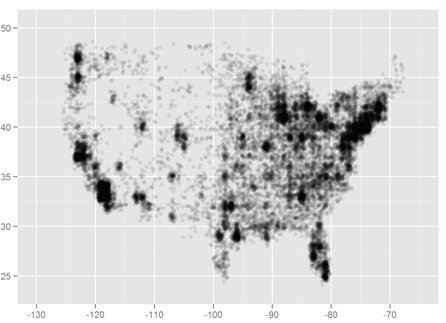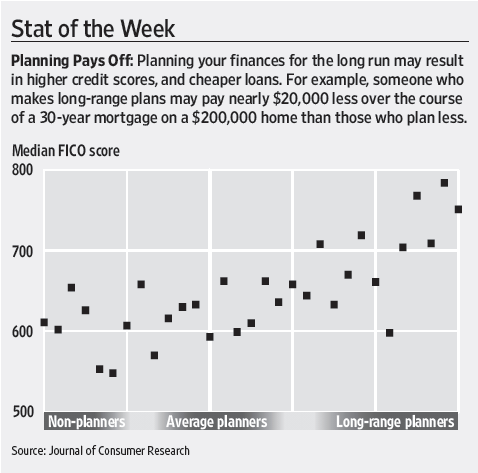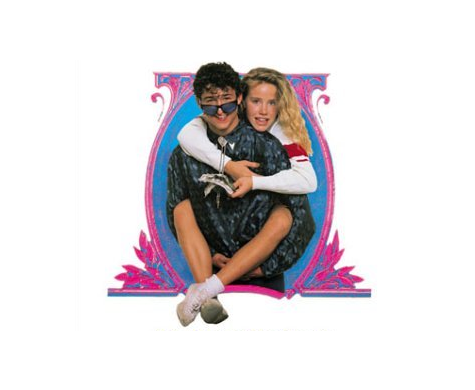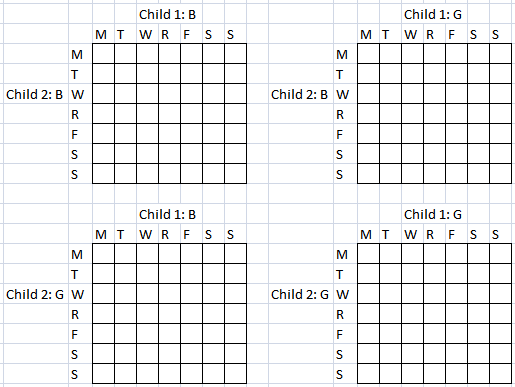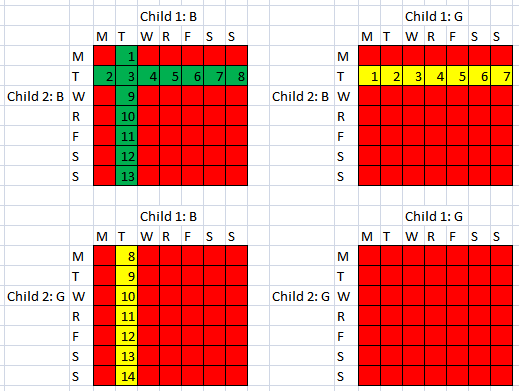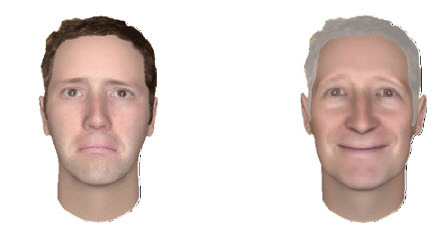The counterfactual GPS!
 Subscribe to Decision Science News by Email (one email per week, easy unsubscribe)
Subscribe to Decision Science News by Email (one email per week, easy unsubscribe)
WHAT IF YOUR GPS TOLD YOU WHAT WOULD HAVE HAPPENED IF YOU HAD TAKEN THE OTHER ROUTE?
Not long ago, your Decision Science News editor was planning a trip to a book group meeting along with another member. The monthly book group takes place in Cove Neck Long Island, about an hour East of Manhattan. Given the starting point (see map), the two had an email exchange about the best route. Your editor preferred to take the Southern route (above), as suggested by multiple Web sites, which gave time estimates under average conditions as well as under heavy traffic. These sites suggested that under the worst possible traffic, the trip would take as long as 1 hour 30 minutes.
However, the driver, citing “30 years of New York driving experience”, expressed certainty that going up the West Side Highway and taking the Kennedy (nee Triborough) bridge would be fastest. Your editor did not bring up his three years of daily commuting from the West Village to Long Island and went along for the ride, for which he was, and is, very thankful. Even if the northern route is longer, he reasoned, there will that much more of the driver’s delightful company to enjoy.
As the reader might expect, the northern route took about 2 hours and 15 minutes, possibly the longest voyage from the Tribeca to the North Shore since the advent of the canoe.
But that is all just background.
During the trip, your editor thought, “wouldn’t it be interesting to have a GPS that would show you where you are on the path you have chosen, but also show you where you would be had you chosen another path. A counterfactual GPS!”
But how would this fanciful counterfactual GPS know how long it would take you on the other route? Assuming some kind of large-scale participatory program, all GPSes could send back anonymous information about where they are and how fast they are going. In essence, the counterfactual GPS could just pick a car that is taking the other route, follow it on the other path, and display its position on your GPS, complete with nagging message (as above). It is not unlike choosing a person in another line at the grocery store to see what would have happened if you did not choose the line you did.
And what if nobody else is going to the same destination? Not a problem. Once the ‘followed’ car turns off the route, the counterfactual GPS picks another car to follow.
And what if you feel that you can drive faster than some random car that is traveling on the other route? Not a problem, the counterfactual GPS can sample all the cars traveling a piece of the route and pick one whose speed relative to other cars on its route is the same as your observed speed relative to other cars on your route.
And what if hardly anybody is driving at all when you are traveling? Again, not a problem. As soon as you indicate the two routes, the counterfactual GPS will start collecting statistics on both of them, in order to form up-to-the-minute estimates of how fast traffic is moving on each stretch of the route.
A counterfactual GPS would be more fun than educational, but it could improve the decision making of those who use it. That is, it could teach you whether it is a good idea or a bad idea to ignore the advice of the GPS.
When this was brought up at one of the famous and daily Yahoo Research lunches, Sharad begged to differ, saying that such a device would cause people to persist in their false belief that they are better at route planning than GPSes. Sharad reasoned (and he may correct us if we are wrong) that if the GPS is correct 60% of the times you disagreed with it, then it may be a long time before you realize that it is right more often than you are, and that your coincidental lucky streaks of beating it on occasion would only serve to make you think that you’ve identified special instances in which you have privileged information (even though such instances may be purely due to chance). In short, the counterfactual GPS could induce one to overfit the situation and engage in “probability matching” (deciding to trust the GPS 60% of the time) instead of always trusting it (the quote rational unquote thing to do).
Your editor supposes that if the counterfactual GPS kept long-term statistics, and then used onboard copies of R and ggplot2 to render and email out reports, such reports could help these people who are not good at trial-by-trial learning.
Like Sharad, your editor feels that people would be much more often right than wrong by trusting GPSes or mapping software. However, still, in 2010, there is information that can be profitably exploited, and with enough feedback, people might be able to outperform the GPS. For instance, if one sees an oil tanker on its side on the suggested route, it is likely that the GPS doesn’t know about this, making it is a good idea to go another way. (Sharad says in such cases, everyone will seek a detour, so staying put may be wisest).
What do you think, dear Decision Science News readers?
Would a counterfactual GPS make people better decision makers because it can teach people when and when not to trust the GPS? Or would it not make people better decision makers because it would encourage folks to believe they can eventually outsmart it (just as many people believe they’ll eventually outsmart the craps table or the stock market)?
